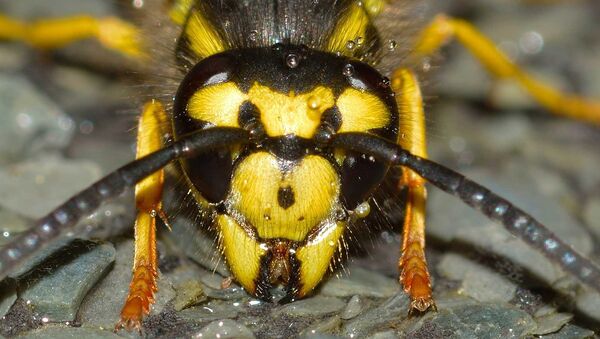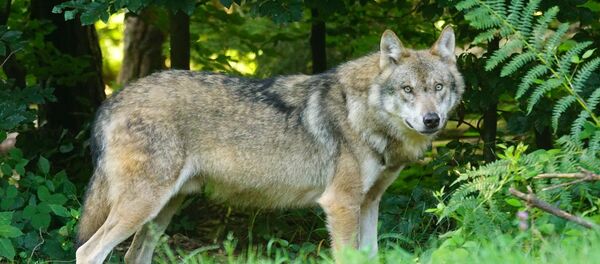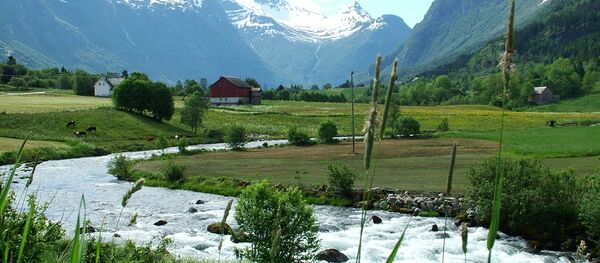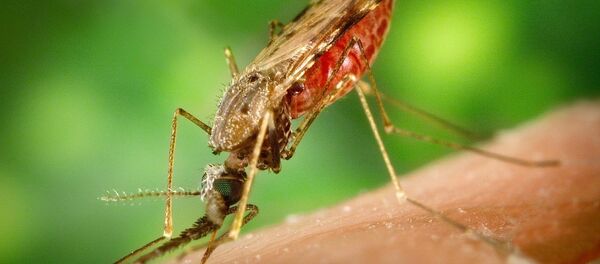In recent years, however, European wasps have been discovered in southeastern Norway, with researchers suggesting it is only a matter of time before the poisonous interlopers pop up in other parts of the country.
"It's got a good foothold now. It is spreading north like never before," insect researcher Frode Ødegaard at the Norwegian Institute for Nature Research told Norwegian national broadcaster NRK. "Both last year and this year have been record years," he continued, adding that researchers are receiving an increasing number messages from frightened Norwegians these days.
"Several stings can be fatal, even a single sting can be dangerous to children," Roar Solheim said.
According to Ødegaard, though, it is unlikely to become a country-wide species, due to its preference of hot spots. Ødegaard doubted that it will get to sub-polar Norway.
European hornets grow to reach the imposing size of 3.5 centimeters. They are carnivores and consume many species of insects, many of which are considered garden pests. However, they are also known to eradicate domestic honeybees and undermine pollination.
One question I get asked a lot is what is and isn’t a bee. This chart is pretty good at describing that. pic.twitter.com/XRHVxbs1Hl
— Farmers of Canada (@FarmersOfCanada) August 8, 2015
The giant wasp is only a single instance of invasive southern species making inroads into Northern Europe due to a warmer climate, sophisticated transportation methods and international traffic. The newcomers are not necessarily a compliment to wildlife, but dangerous invaders endangering local flora and fauna.
"They interfere with the natural ecosystem that has evolved over thousands of years. We go from biodiversity to biological uniformity, as these species take over," Örnsköldsvik Municipality Håkan Jansson told Swedish national broadcaster SVT, stressing how problematic it was to get rid of the invaders that suffocate local species.





